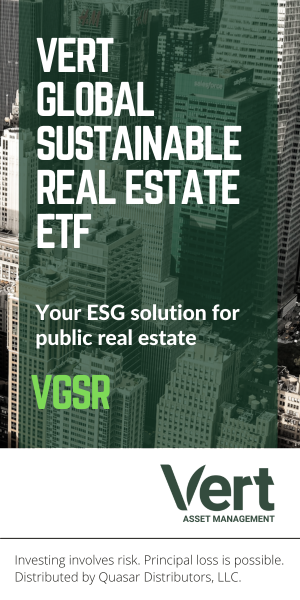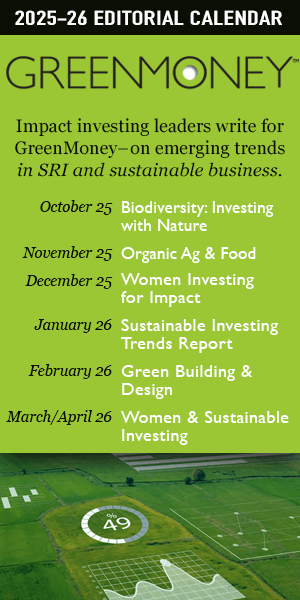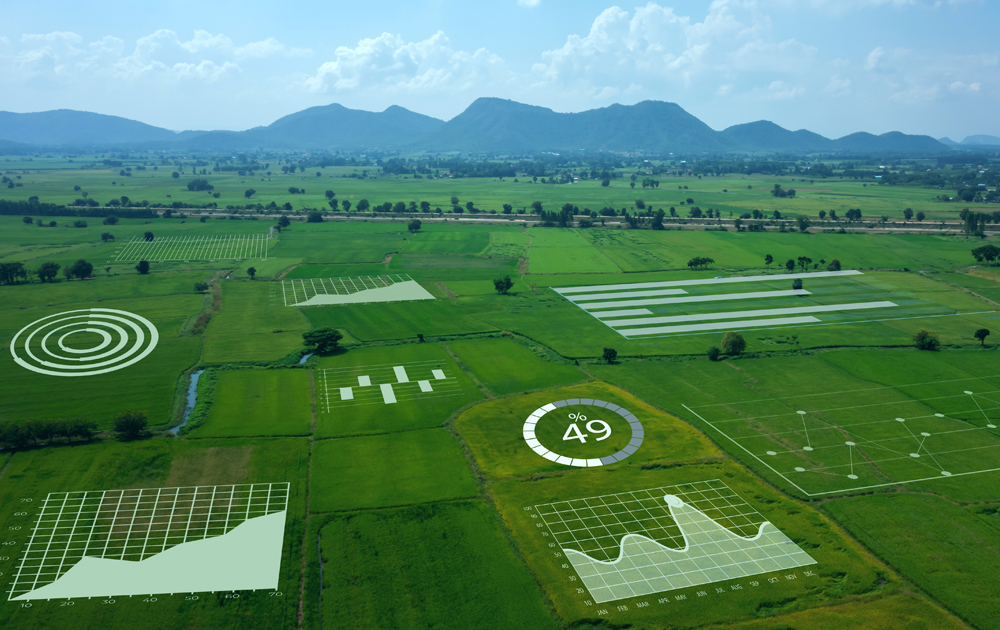 Like many Americans, I’ve started travelling again. Flying over the Midwest recently on my way to a conference in New York, it was hard not to be awed by the sight of mile after mile of cropland – around 180 million acres – growing just two crops, corn and soy.
Like many Americans, I’ve started travelling again. Flying over the Midwest recently on my way to a conference in New York, it was hard not to be awed by the sight of mile after mile of cropland – around 180 million acres – growing just two crops, corn and soy.
What’s less visible from 30,000 feet but very evident on the ground, however, is the immense cost of growing these two crops year after year – topsoil loss, chemical residue in the soil from pesticides like 2-4-D and atrazine, a loss of pollinators, and vast water pollution. This type of agriculture is also at the center of a system responsible for about a third of the planet’s greenhouse gas emissions.
U.S. agriculture has a concentration problem. It started 50 years ago, when the head of the USDA told farmers to plant for maximum production – from “fence row to fence row” and “get big or get out.” It worked. Today, 56 percent of American cropland acres are growing just corn and soy.

Crop diversity and crop rotation, once the hallmarks of land stewardship and productivity, are vanishing. Only one-third of America’s corn acres are planted sustainably, defined as planted once out of four years. Roughly 62.5 percent of corn acreage rotates only minimally, alternating between soy and corn. And of these, about 10 million acres have practically no crop rotation at all, planting corn in ten or more years of a 12-year period, according to USDA data. That’s a large-scale problem, as those continuous-corn acres comprise three times more than all the organic cropland in the U.S. combined.
What’s even more troubling is that some industry players now want to classify their damaging practices as “sustainable” agriculture. They’re seeking to paper over destructive practices to make their products more appealing to consumers and meet investor demand for ESG accountability. Sadly, greenwashing has come to agriculture, with some trying to put green lipstick on their pig.
Misleading people about “sustainable” agriculture is possible because there are neither legal nor science-based standards for it. The Certified Organic standard, on the other hand, is grounded in Federal Law, managed by the National Organic Standards Board, which is an independent body appointed by the US Department of Agriculture.
Yet even without a formal standard, nearly everyone agrees that certain farming practices are harmful, and clearly not sustainable, such as growing corn year-after-year on the same farmland. This practice is entirely dependent on genetically modified crops and requires increasing amounts of toxic herbicides, pesticides and fertilizers to try to overcome the damage it causes to the soil and ecosystem.

In our view, any self-proclaimed standard for sustainable agriculture should meet a three-part test:
1) Independence. It should have an independent board with full transparency of membership, affiliations and decisions.
2) Materials and Practices. It should identify specific materials and practices that are prohibited, as well as those that are required. For example it would bar the use of chemicals like 2-4-d (Agent Orange) or soil fumigants (nerve gas) and prohibit practices such as continuous corn, or even a corn-soy rotation, which is a below-average practice in the U.S. It should require crop rotation of 3 or 4 crops, or set aside 1-5 percent of land as pollinator habitat or ecosystem reserve, or mandate use of cover crops.
3) Impact and Outcomes. It should produce specific, measurable on-farm changes and outcomes, ideally affecting regional or global goals. Examples might include clean water, improved ecosystem function or habitat improvement, carbon sequestration, or food production (vs producing ethanol as a fuel additive).
The USDA Certified Organic standard meets these criteria today. Its 15-member National Organic Standards Board includes: organic farmers; environmental conservationists; organic processors; a retailer; a consumer representative; a USDA accredited certifying agent; and a scientist with relevant background. Authorized certifiers review documents and inspect fields to ensure farmers and products meet these rigorous standards. And 40 years of published scientific research supports the many benefits of organic agriculture on human health, soil health, and the ecosystem.
Investors and consumers are waking up and beginning to ask tough questions of farm managers. But rather than make changes, some organizations try to claim they have “sustainability standards,” with pretty logos and appealing marketing language, although they permit the worst agricultural practices that we’re all trying to change.
One misleading standard that’s popular with large institutional managers was organized by the firms themselves, including support from giant industrial agriculture companies. There is no independent standards body, there are no restrictions on ag practices, and they don’t change outcomes. It’s like having tobacco companies set health standards. But strong investor demand for (real) sustainable agriculture, combined with no legal restrictions on what they can represent and clever marketing, has grown them to over 2 million acres in about two years – a level it took certified organic land 25 years to reach.
It takes three years for a farm to become Certified Organic. It’s not designed to be an easy, check-the-box process. But the benefits to organic certification are clear and tangible to farmers, in terms of higher crop prices and acreage rents, and to the environment.

Our own experience bears this out. We’ve shown that organic farming is both good for the environment and can generate attractive returns. Our first fund had a 69 percent financial gain in net asset value over seven years. As importantly, a two-year USDA-sponsored study on our 4,200 acre California farm shows we also generated a 46 percent net gain for the ecosystem, measured by data-driven metrics including: carbon sequestered in the soil, harmful conventional ag practices avoided, enhanced biodiversity, establishment of healthy pollinator habitats, and improved quality and reduced use of water for crops.
Helping agriculture become more sustainable is a daunting but important challenge, and some aspects are not always clear-cut. But some assessments are easy to make. Any purported standard that allows the worst-of-the-worst agricultural practices, such as monocropping continuous corn, to certify as sustainable is not legitimate.
We all should support sustainability initiatives that promote independent standards with science-based criteria and verifiable environmental and health benefits. And we all should stand up to greenwashing and self-declared standards. Investors and consumers are demanding real change, and those who mislead should not harvest their support.
Article by Craig Wichner, CEO of Farmland LP, the largest fund manager of organic farmland in the US, with 15,000 acres in Washington, Oregon and Northern California valued at over $200 million.
Read Craig’s June 2021 GM article: Roots & Returns: Craig Wichner Explains Regenerative Agriculture


















